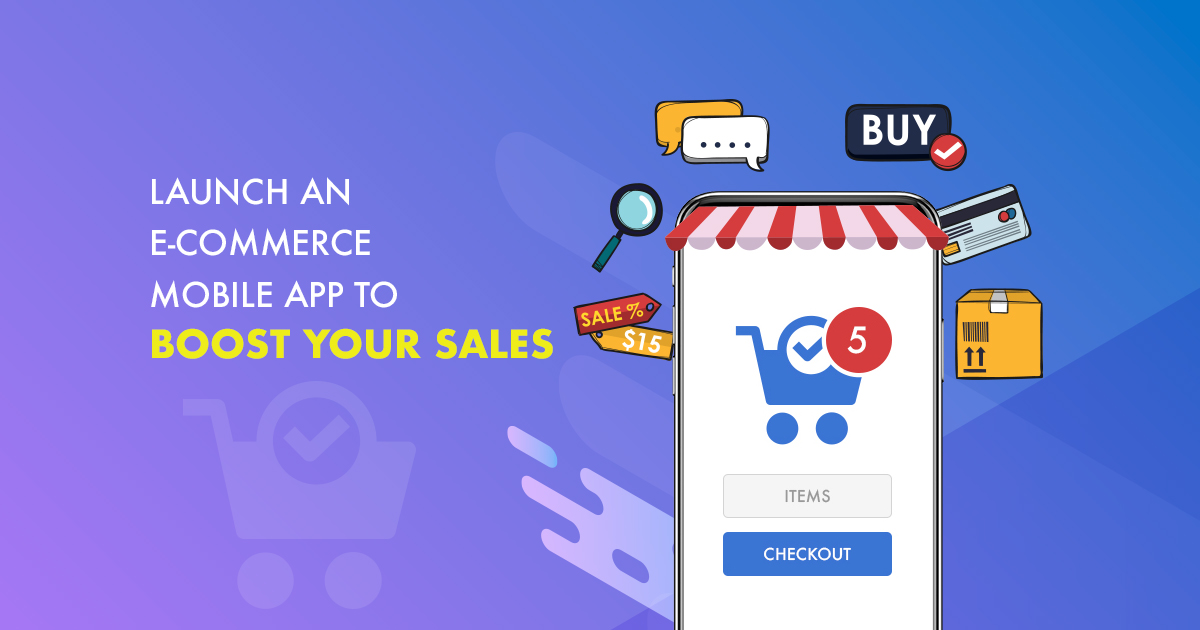The Future of Augmented Reality (AR) in E-commerce Platforms
The e-commerce sector has always been fuelled by innovation, with technology constantly reinventing the manner in which shoppers buy online. Perhaps the most revolutionary development in recent history is Augmented Reality in Ecommerce. This advanced technology is transforming online shopping experiences such that customers can engage with products as they could only ever do within physical shops. With the sudden growth of Augmented Reality Shopping Apps, companies are revolutionizing online shopping, creating new benchmarks for the Future of Online Shopping.
The Rise of AR in E-commerce
Reality Augmentation With big firms incorporating immersive experiences into their websites, retail has exploded. Before making a purchase, consumers are demanding more immersive and interactive product access methods. Retailers are increasing consumer trust in their purchasing decisions by allowing buyers to view products in real-life environments through the use of augmented reality in e-commerce.
Several leading e-commerce businesses already utilize AR Ecommerce to provide improved user experience. IKEA, Sephora, and Nike are some such businesses that already effectively utilized Augmented Reality Shopping Apps to make it possible for customers to see products in their surroundings, test makeup virtually, or even see how a shoe would fit their foot before they purchase.
How AR is Transforming Online Shopping
The impact of Augmented Reality in Ecommerce is evident across various aspects of online shopping. Here are some of the key ways AR is reshaping digital retail:
- Enhanced Product Visualization
One of the greatest issues in internet shopping is that one cannot see, feel, or experiment with products before buying them. Augmented Reality in Shopping overcomes this with the ability of customers to view products in three dimensions, rotate them, and even set them against real environments. This 3D immersion helps to gain a better feel for product size, texture, and look.
For example, furniture stores employ AR for Ecommerce to enable consumers to see how a sofa or table would appear in their living rooms. This minimizes uncertainty and maximizes the chances of conversion.
- Virtual Try-Ons for Fashion and Beauty
The beauty and fashion sectors have been greatly enhanced by Augmented Reality Shopping Apps. Virtual try-on technology allows customers to see how accessories, clothes, or makeup would look on them before making a purchase. Businesses in the apparel, cosmetics, and eyewear industries stand to gain a great deal from this technology since it reduces product returns and increases customer happiness.
- Interactive Shopping Experiences
Conventional web shopping is merely a matter of browsing static pages, but Future Online Shopping 2025 promises to be significantly more interactive. AR-enabled functionality enables users to interact with goods in dynamic formats, including previewing furniture configurations, experimenting with different colour combinations, and even communicating with simulated product demonstrations.
- Improved Customer Confidence and Reduced Returns
Product returns are one of the biggest issues for online stores. People return products because they do not live up to expectations. With Augmented Reality in Shopping, people can have a real-life preview of products, lessening the possibility of dissatisfaction and, therefore, return rates.
- Seamless Integration with Mobile Devices
The rise of Augmented Reality Shopping Apps has made AR more accessible. Mobile devices with AR capabilities enable users to experience immersive shopping without additional hardware. As smartphone technology advances, AR adoption is expected to become even more widespread.
The Future Trends in Online Shopping with AR
With AR becoming a dominant force in the e-commerce landscape, several trends are expected to shape the Future of Online Shopping:
- AI-Powered AR for Personalized Shopping
Artificial intelligence (AI) and AR are merging to create hyper-personalized shopping experiences. Recommendations powered by AI, in association with Augmented Reality in Ecommerce, will deliver personalized product recommendations based on unique behaviour and tastes.
- AR-Powered Social Commerce
Social media websites are increasingly embedding AR capabilities, enabling users to test products within apps such as Snapchat and Instagram. Brands are using AR for Ecommerce by way of engaging filters and shopping AR experiences, combining entertainment and digital shopping.
- Web-Based AR for Accessibility
Today, most Augmented Reality Shopping Apps need to be downloaded as an app. Yet, web-based AR solutions are coming into view, allowing consumers to access AR experiences directly through their browsers. This reduces shopping friction and opens up AR to a wider consumer base.
- Expansion into More Industries
Although augmented reality in retail is commonly seen in the furniture, fashion, and cosmetics sectors, it is also being used in other areas. To boost client contact, industries including supermarket shopping, home remodelling, and even the automotive sector are considering AR-based advancements.
- AR-Powered Virtual Stores
In the years to come, conventional e-commerce websites will develop into completely immersive AR-driven virtual stores. These virtual storefronts will enable customers to browse through a virtual shopping environment, play with products, and shop, reproducing an in-store experience while lounging at home.
The Business Benefits of AR in E-commerce
For retailers and e-commerce businesses, adopting AR for Ecommerce offers numerous advantages, including:
- Increased Conversion Rates: Improved product visualization and try-on capabilities translate to more sure purchase decisions.
- Competitive Advantage: Early adoption of Augmented Reality in Ecommerce provides an edge in terms of technology to competitors.
- Improved Customer Engagement: Interactive shopping results in longer on-platform time and increased brand affinity.
- Lower Returns: Customers are better informed and make fewer purchases that lead to dissatisfaction and return rates.
- Heightened Brand Recognition: Immersive AR experiences build word-of-mouth and bring new customers.
Preparing for the Future of AR in E-commerce
As businesses prepare for the Future Online Shopping in 2025, integrating AR into e-commerce platforms is becoming a necessity rather than a luxury. Companies looking to implement Augmented Reality in Shopping should consider:
- Investing in AR Development: Collaborating with AR developers or using AR platforms developed specifically for e-commerce.
- Optimizing Mobile Experiences: Making AR capabilities available through smartphones and tablets to provide smooth user experiences.
- Educating Consumers: Promoting AR functions using proper guidelines to invite consumers to use them.
- Analysing Performance Metrics: Monitoring engagement, conversion rates, and customer insights to optimize AR implementations.
Conclusion
The Future Online Shopping Trends are driven by technology innovation, and Augmented Reality in Ecommerce is leading the change. With the ability to provide immersive and interactive experiences, AR is connecting the digital and physical worlds of shopping, making the buying experience more engaging and confidence-inspiring.
For companies, it's no longer a choice but a necessity to adopt AR for Ecommerce – to remain relevant in an ever-changing digital marketplace. With tech developing further by the day, AR will only continue to drive the Future Online Shopping in 2025 and transform how people engage with businesses and make a purchase.
With innovation at its foundation, Augmented Reality in Shopping is not only the future—it is now, and companies that embrace it now will be the leaders of the next generation of e-commerce evolution.










